RMS (Root Mean Square) is a crucial metric in audio engineering, representing the average power or loudness of an audio signal.
It provides invaluable insight into the dynamics of sound, helping to bridge the gap between technical measurements and human auditory perception.
As a music producer, understanding RMS is essential for effectively controlling the dynamic range, perceived loudness, and overall quality of your audio tracks.
This is why we’ll be covering everything you need to know to help you master it.
In today’s article, we’ll break down:
- What is RMS in audio ✓
- RMS value calculation ✓
- RMS and perceived loudness relationship ✓
- Differences between peak and RMS levels ✓
- The role of RMS in dynamic range ✓
- RMS in mixing and mastering ✓
- Utilizing RMS meters effectively ✓
- True peak metering in conjunction with RMS ✓
- Mastering for optimal perceived loudness ✓
- Adjusting RMS for streaming platforms ✓
- Advanced RMS metering techniques ✓
- Achieving optimal RMS levels ✓
- Much more to help you master the question, “what is RMS in audio?” ✓
By the end of this article, you’ll have a much better understanding of RMS and its applications in audio production.
You’ll be able to manage RMS levels effectively to ensure your tracks sound professional and are well-suited for various listening environments and platforms.
Whether you’re mixing, mastering, or simply looking to enhance your audio engineering skills, mastering RMS is key.
It will help you to produce audio with confidence and precision, on the same level (and matching the same quality) as the professionals.
So, let’s dive in…
Table of Contents
- What Is RMS In Audio? Breaking it Down
- How RMS Values Are Calculated
- RMS and Peak Values in Audio
- Expert Applications of RMS in Music Production
- RMS and True Peak Metering: The Need for True Peak Metering
- Mastering for Perceived Loudness
- Advanced Techniques in RMS Metering For Music Producers
- What is RMS in Audio? Final Thoughts
What Is RMS In Audio? Breaking it Down
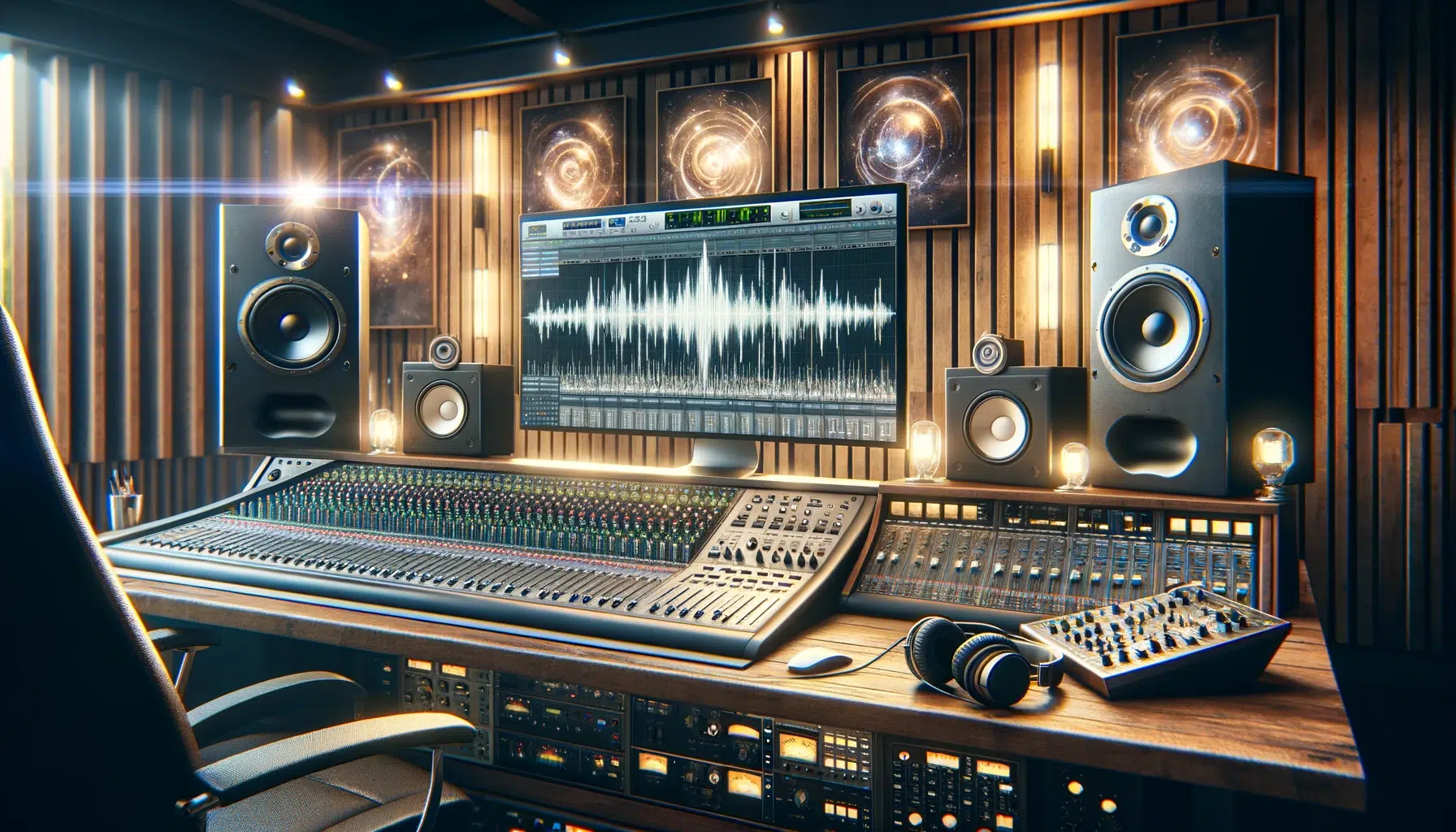
Root Mean Square (RMS) in audio is a critical concept for understanding the dynamics and loudness of an audio signal.
RMS measures the average power of the waveform 一 offering an objective perspective on the perceived loudness.
This concept is particularly relevant in digital audio, where precise control over loudness and dynamic range is paramount.
When it comes to music production, RMS serves as a key indicator for audio engineers, mastering engineers, and producers alike.
It helps in achieving a balanced sound that aligns with loudness standards for streaming platforms like Apple Music.
Understanding what RMS (Root Mean Square) in audio means is fundamental for producing high-quality audio tracks.
Now that we covered the basics, let’s get into all the nitty gritty details.
How RMS Values Are Calculated
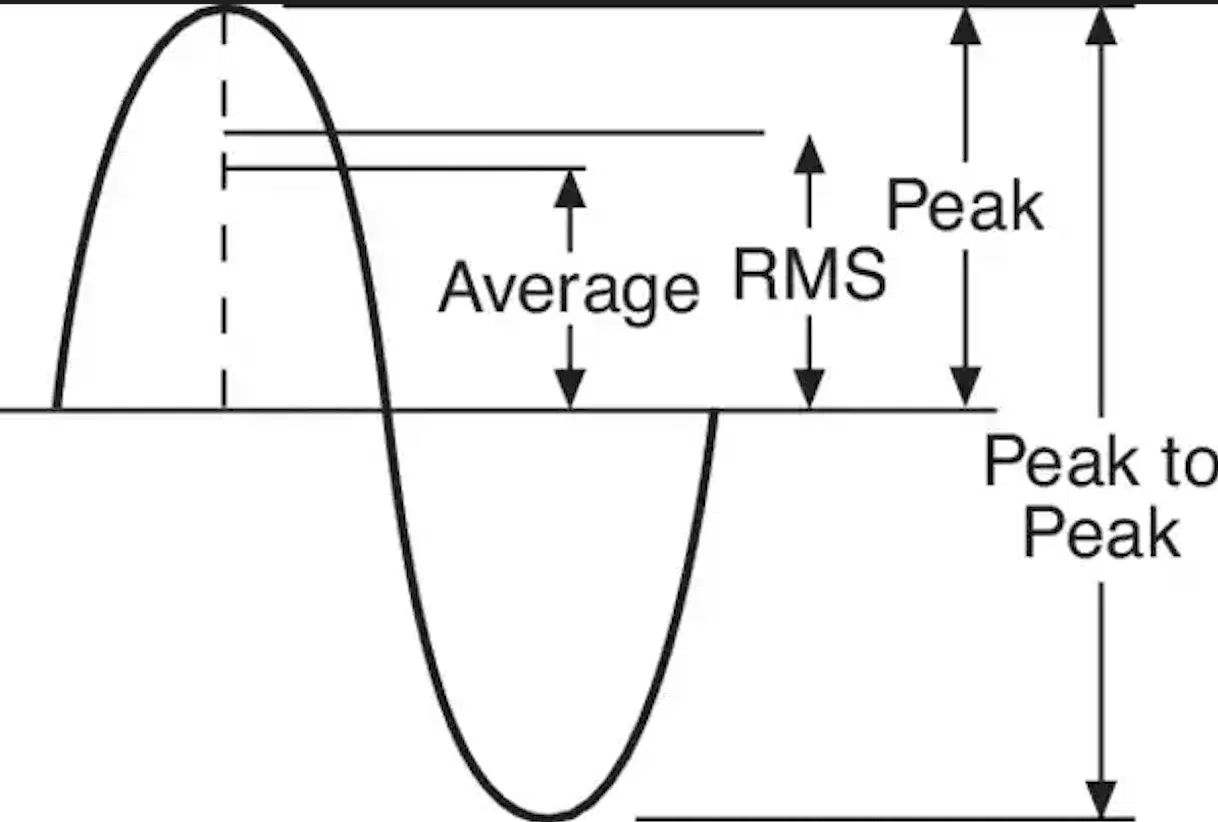
The calculation of RMS (Root Mean Square) values involves a mathematical approach.
This technique involves:
- Squaring each value of the signal’s amplitude
- Averaging these squares over a period
- Taking the square root of this average
This process is a cornerstone in audio engineering 一 providing a more accurate representation of the audio track’s average loudness.
RMS values are expressed in decibels relative (dB) and give a clear idea of the average power output of an audio signal.
For digital audio, this understanding helps with optimizing sound quality and ensuring consistency across different listening environments.
The RMS value is especially important in the mixing and mastering phases.
It guides you in achieving the desired loudness units relative to full scale (LUFS), a standard measurement in the industry.
NOTE: Understanding how much continuous power an audio track has can be crucial for setting the right levels during mixing.
RMS and Peak Values in Audio
RMS and peak values play distinct roles in audio signal analysis. Understanding the uniqueness of RMS and peak values can help you enhance your understanding of how people perceive loudness. This is especially beneficial for complex audio mastering techniques. While peak volume indicates the maximum level of a track, it does not provide a complete picture of its average loudness. So, let’s jump in.
-
Understanding Peak and RMS Values
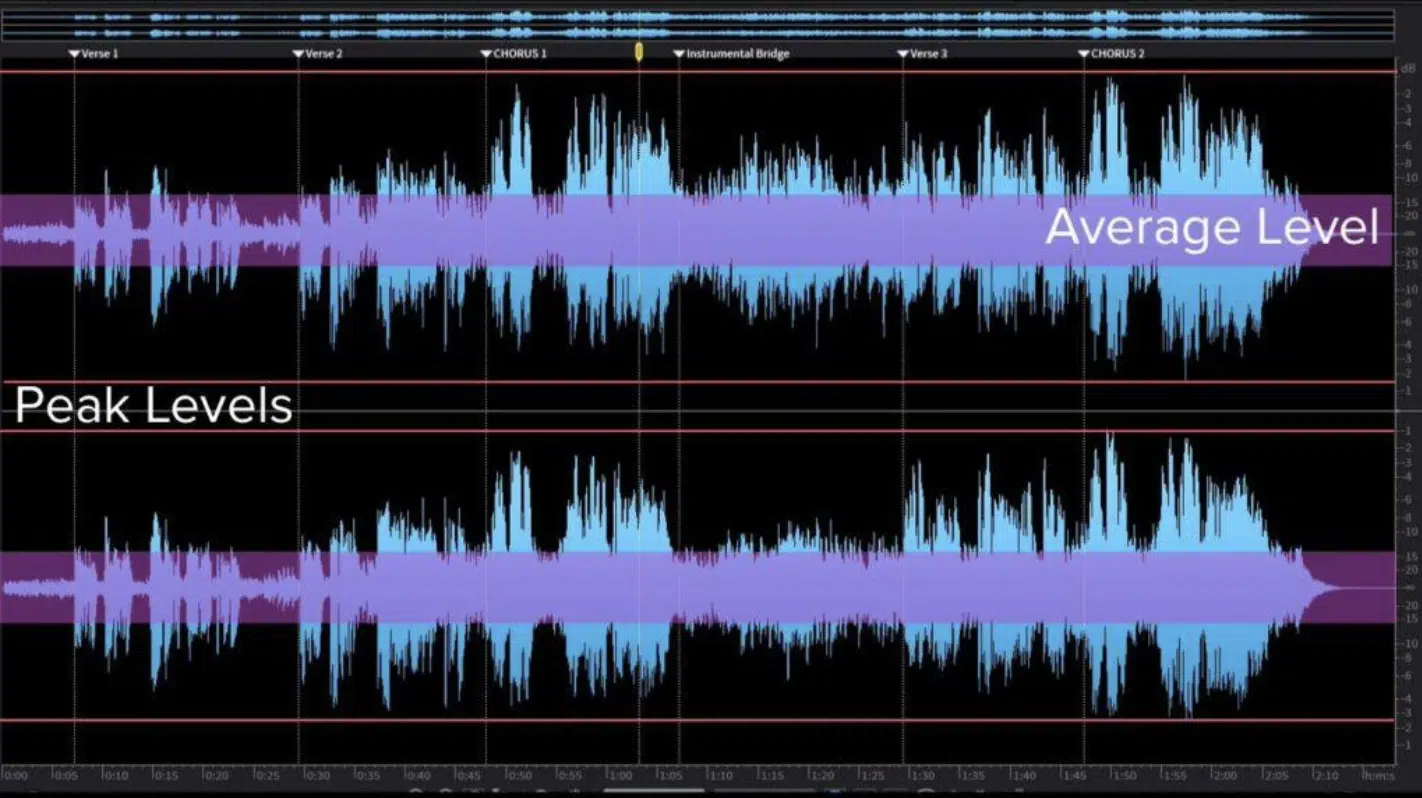
Understanding the distinction between peak and RMS values is essential for managing the dynamics of a track effectively.
Peak values represent the highest peak of an audio signal, indicating the maximum amplitude at any given moment.
They are critical for ensuring that the audio levels do not exceed the limits of digital audio, which prevents distortion.
However, peak values alone are not sufficient for grasping the loudness level of a track.
RMS (Root Mean Square) values, on the other hand, provide a more comprehensive view by measuring the average level of the audio signal.
This RMS measurement reflects the integrated loudness over time, offering a closer approximation to how our ears perceive loudness.
RMS values make the sound louder and fuller compared to just looking at the peak values, as they account for the energy present across the entire waveform.
To fully master the dynamics of an audio track, you must consider both peak and RMS values in process, and remember:
- The highest peak 一 Informs about the instantaneous maximum level.
- RMS values 一 Shed insight into the average audio levels & perceived loudness.
Other loudness units, such as LUFS (Loudness Units relative to Full Scale), are also used in conjunction with RMS to provide a more accurate representation of a track’s overall loudness.
This helps in achieving a balanced mix where both the average volume level (average level) and the loudness level are appropriately managed.
This way, you’ll achieve consistent and enjoyable listening experience every time.
-
Comparing Peak Level and RMS Level
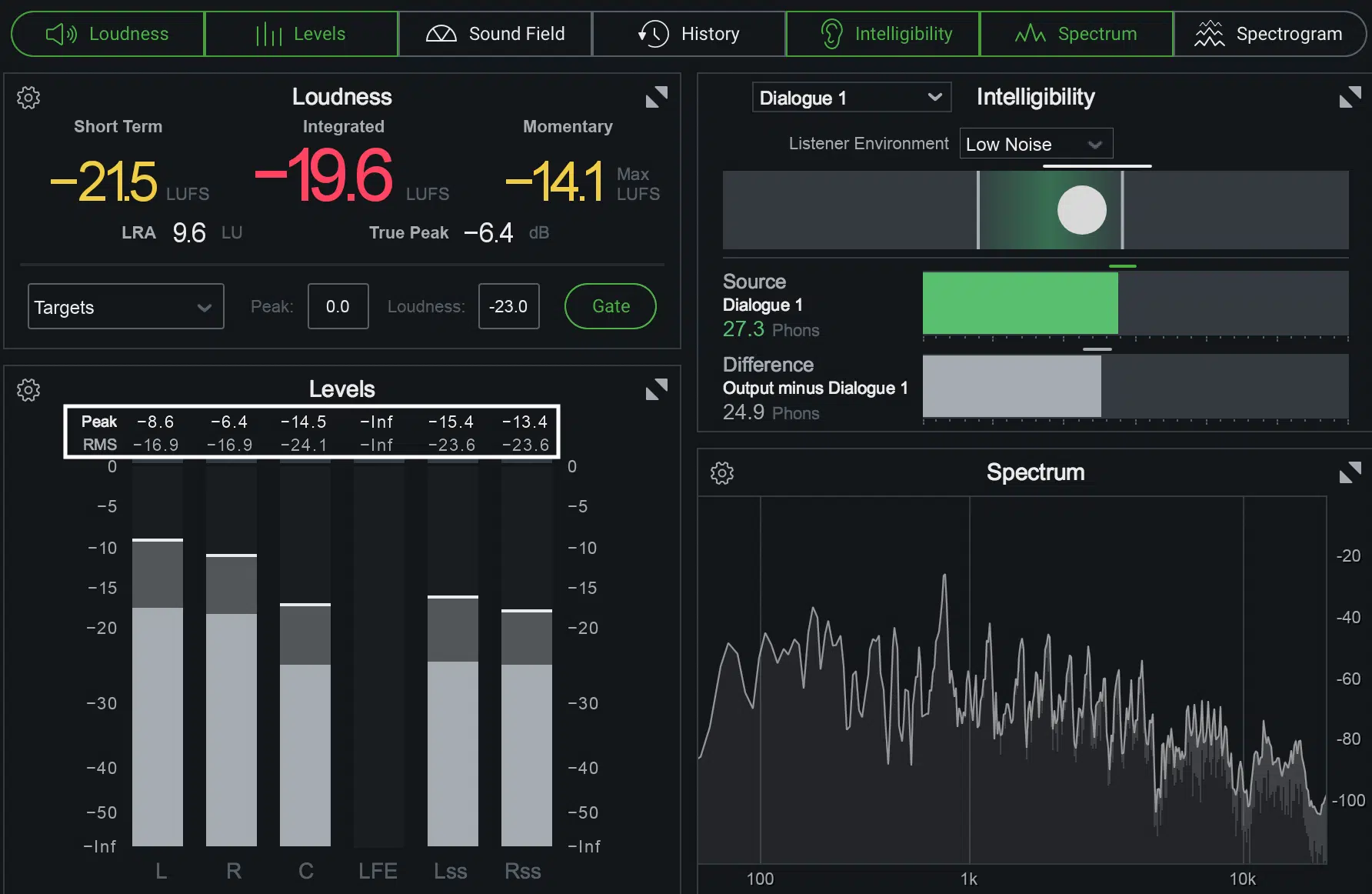
In the intricate landscape of audio mastering, understanding the contrast between peak level and RMS level is vital.
Peak level represents the highest amplitude of an audio waveform at any given moment, crucial for avoiding clipping and distortion.
It’s the instantaneous measurement that shows the maximum level an audio signal reaches.
RMS level, however, offers a more profound insight, representing the average power rating or loudness of the audio signal.
This measurement reflects the continuous power and gives a more accurate representation of how the human ear perceives loudness.
This makes it essential for perceived volume assessment (and to help guarantee you’ll master how a listener perceives loudness).
The interplay between peak level and RMS level is a balancing act in audio production.
For example:
- A track with high peak values but a low RMS level might sound dynamically compressed, lacking the fullness and warmth.
- A track with a lower peak level but a higher RMS level will generally have more body and perceived loudness, making RMS key in the art of audio mastering.
Remember, to accurately measure loudness, RMS levels offer a more consistent indicator than peak volume alone.
If it sounds a little overwhelming, don’t worry, once you practice a little bit, you’ll be able to just hear it and know.
Pro Tip: The Role of RMS in Dynamic Range Audio
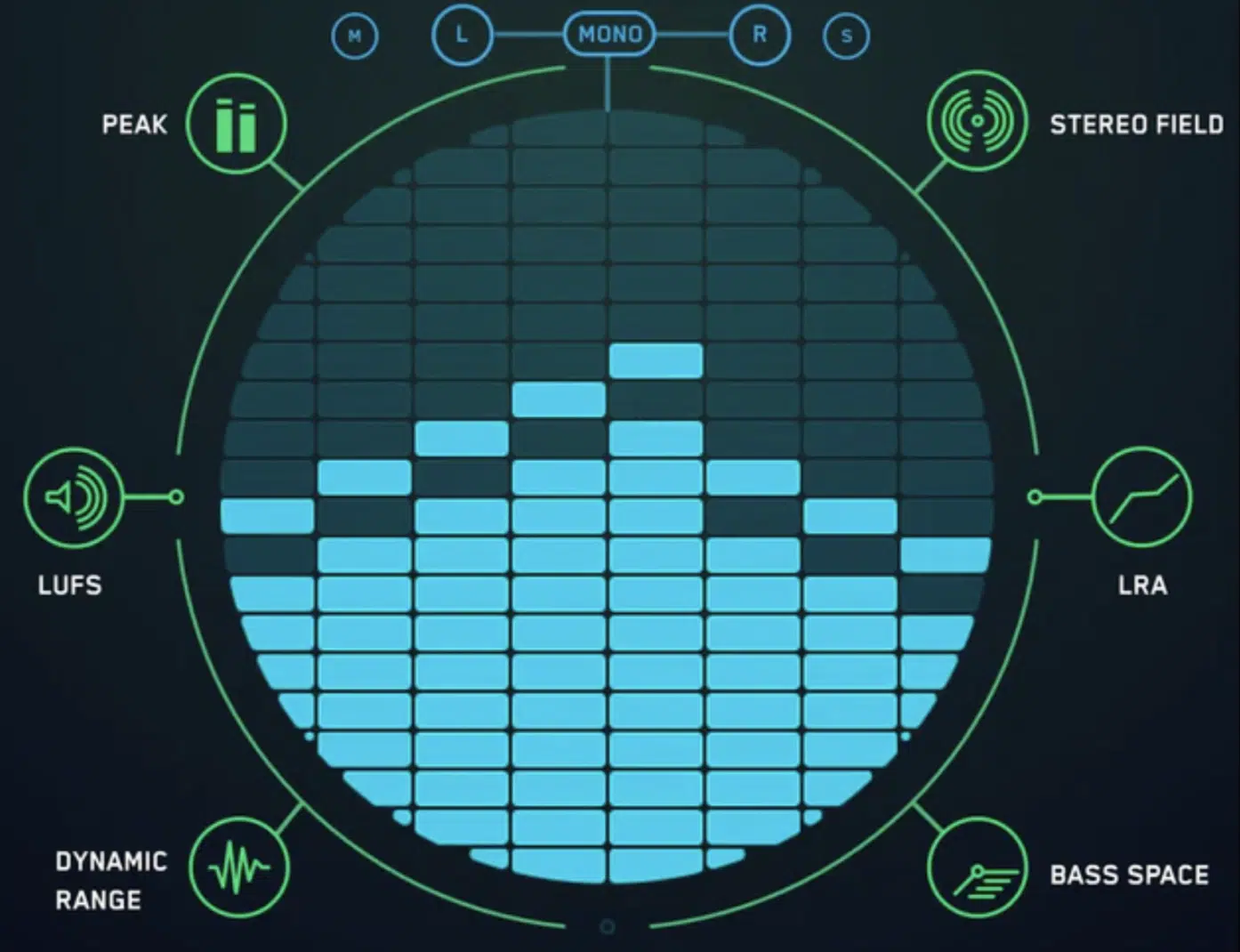
Dynamic range, a pivotal aspect of audio quality, refers to the ratio between the softest and loudest parts of an audio track.
RMS plays a critical role here, as it helps in understanding the average loudness, which in turn influences the dynamic range.
NOTE: A wider dynamic range indicates a greater contrast between the soft and loud parts, often desired in high-quality music production.
The measurement of RMS is instrumental in determining the right balance in dynamic range by ensuring your audio maintains a level of loudness that is consistent.
As well as pleasing to the listener, of course.
By effectively managing RMS levels, audio engineers and mastering engineers can enhance the overall audio experience 一 maintaining clarity and depth in the music.
Expert Applications of RMS in Music Production
RMS is not just a theoretical concept but a practical tool in music production. Its application ranges from mixing to mastering, influencing how an audio track is perceived and received by the audience.
-
RMS in Mixing and Mastering
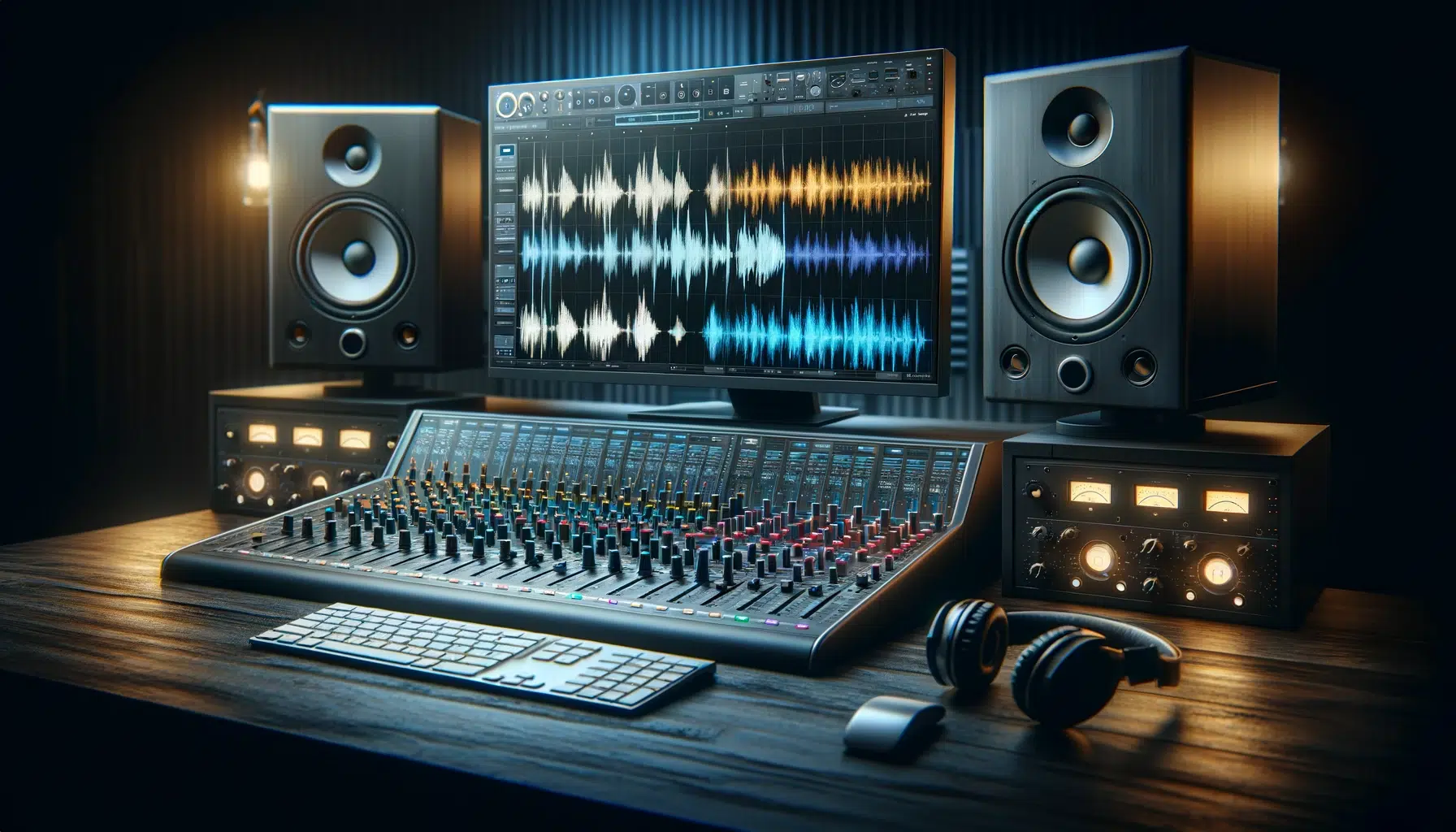
In the mixing phase, RMS levels are closely monitored to ensure that each element of the track contributes appropriately to the overall loudness.
This involves balancing different elements like:
It will help you achieve a harmonious and unified sound in your tracks.
During mastering, RMS takes on a more critical role.
Mastering engineers use RMS readings to ensure the track meets industry standards for loudness (Loudness War, anyone?).
It’s especially important for distribution on various streaming platforms, like Spotify.
The RMS value helps in making fine adjustments 一 ensuring your track has the right amount of punch and fullness without compromising on clarity.
-
Using RMS Meters Like a Professional
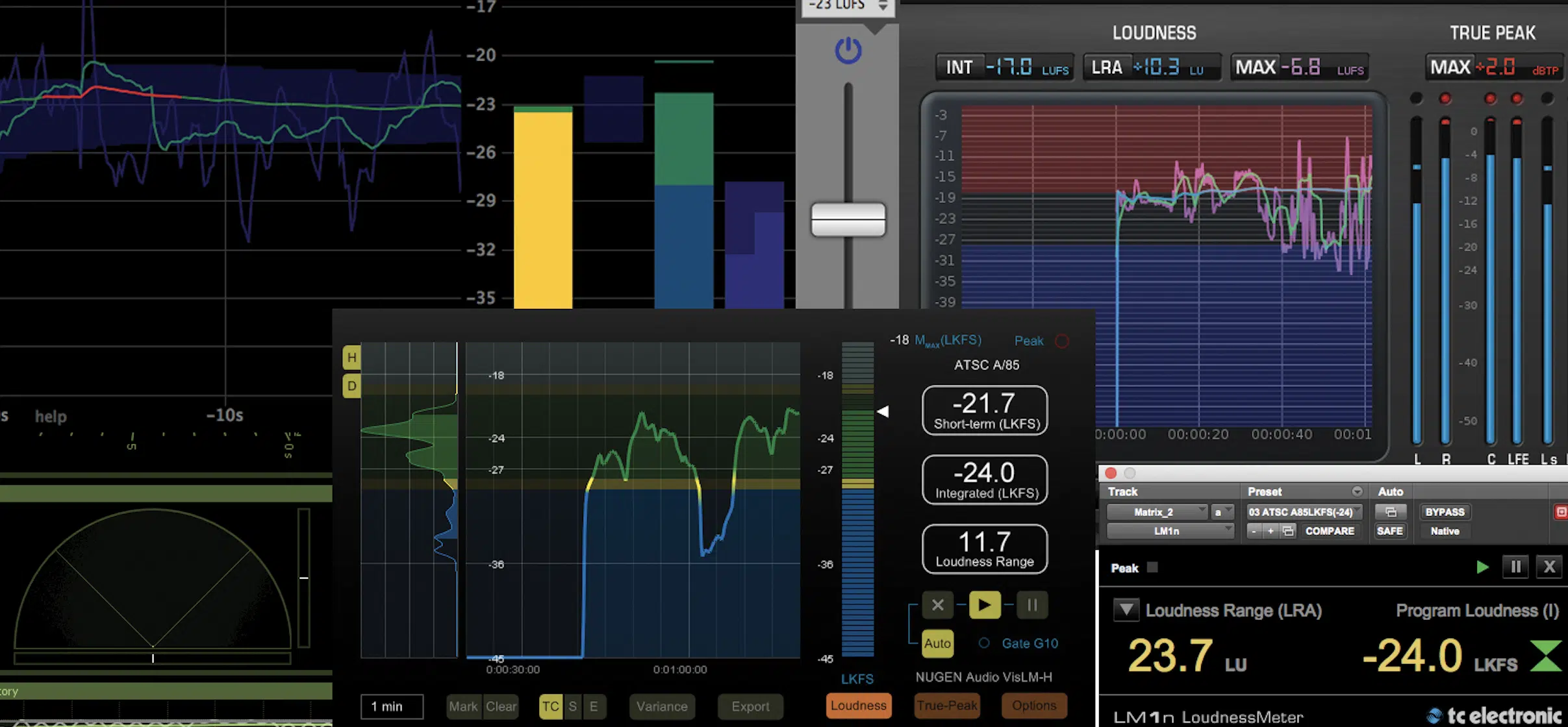
RMS meters are essential tools in professional audio production.
They provide real-time visual feedback on the RMS level of the audio signal 一 helping you to make informed decisions about:
- Gain-staging
- Compression
- Overall level balancing
Understanding how to read and interpret an RMS meter is key to achieving desired audio outcomes.
For instance, in genres where loudness is a priority, a higher RMS reading might be desirable.
Conversely, in more dynamic genres that incorporate more unique sounds, a lower RMS reading could indicate a wider dynamic range, preserving the natural dynamics of the music.
It’s all about finding that perfect balance.
RMS and True Peak Metering: The Need for True Peak Metering
In the digital audio world, RMS metering alone is not enough. True peak metering complements RMS by providing a more detailed view of the audio signal’s peak levels, crucial for audio processing and distribution. So, let’s break down the importance of an RMS meter and True Peak meter.
-
Benefits of RMS and True Peak Metering in Mastering
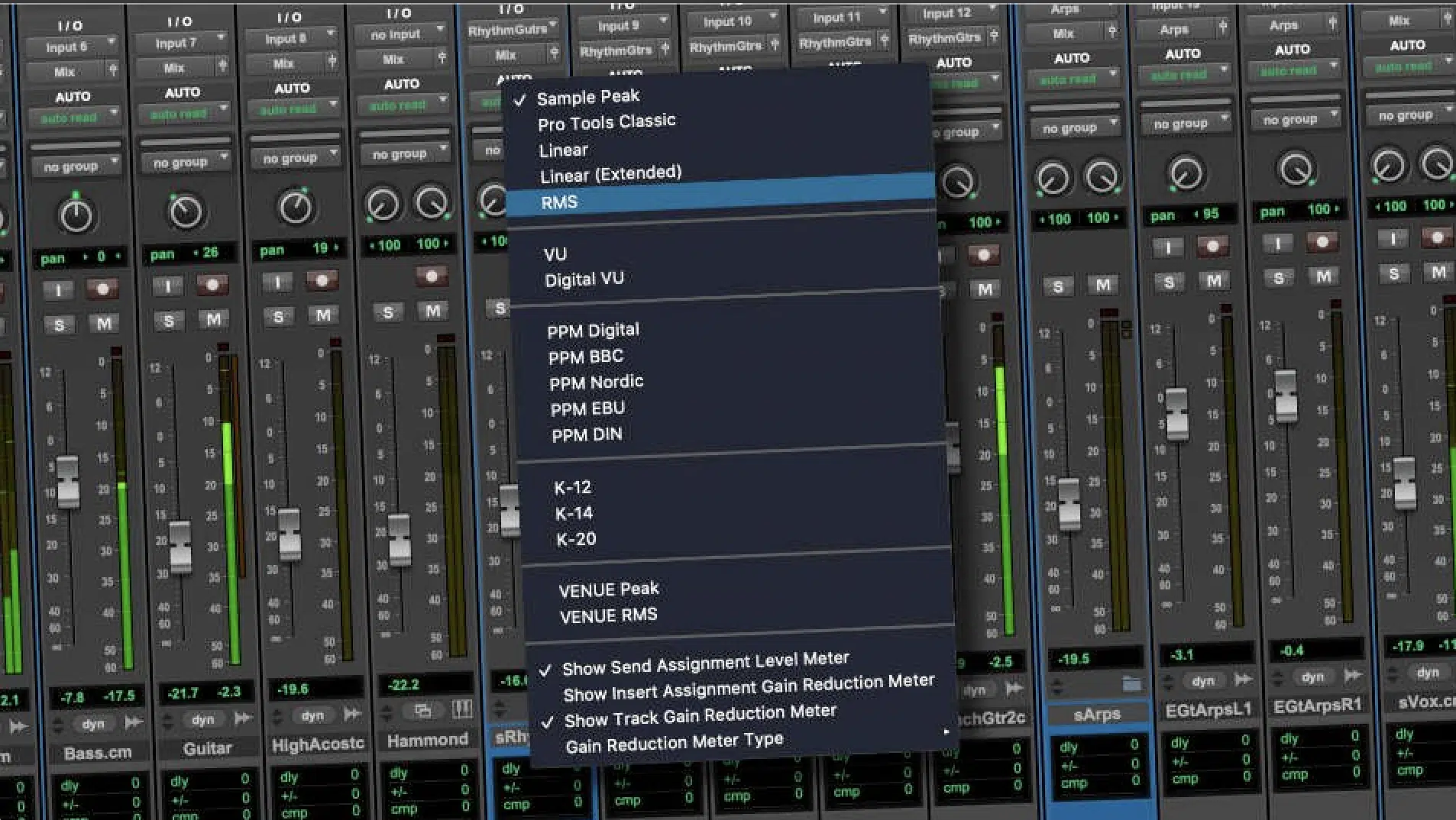
The combination of RMS (Root Mean Square) and true peak metering in mastering offers a comprehensive approach to audio analysis.
True peak meters detect inter-sample peaks, which are often missed by standard peak meters.
This is vital for:
- Preventing digital clipping
- Ensuring the audio signal maintains integrity when converted to lossy formats
These tools together allow you to create a final product that sounds consistent across various playback systems.
Remember, true peak metering ensures that the audio does not exceed the maximum level for digital formats, while RMS metering helps in achieving the desired loudness and dynamic range.
Mastering with both RMS and true peak metering is especially important in today’s streaming-dominated music industry.
Platforms like Apple Music and Spotify have specific loudness requirements.
Mastering engineers use these meters to ensure compliance with these standards 一 optimizing the track for the best possible listener experience.
NOTE: If you’re looking for the best free RMS meter, Youlean Loudness Meter is great, and If you’re looking for a great true peak meter, Insight 2 is a great option.
-
Pro Tip: The Term ‘RMS Power’
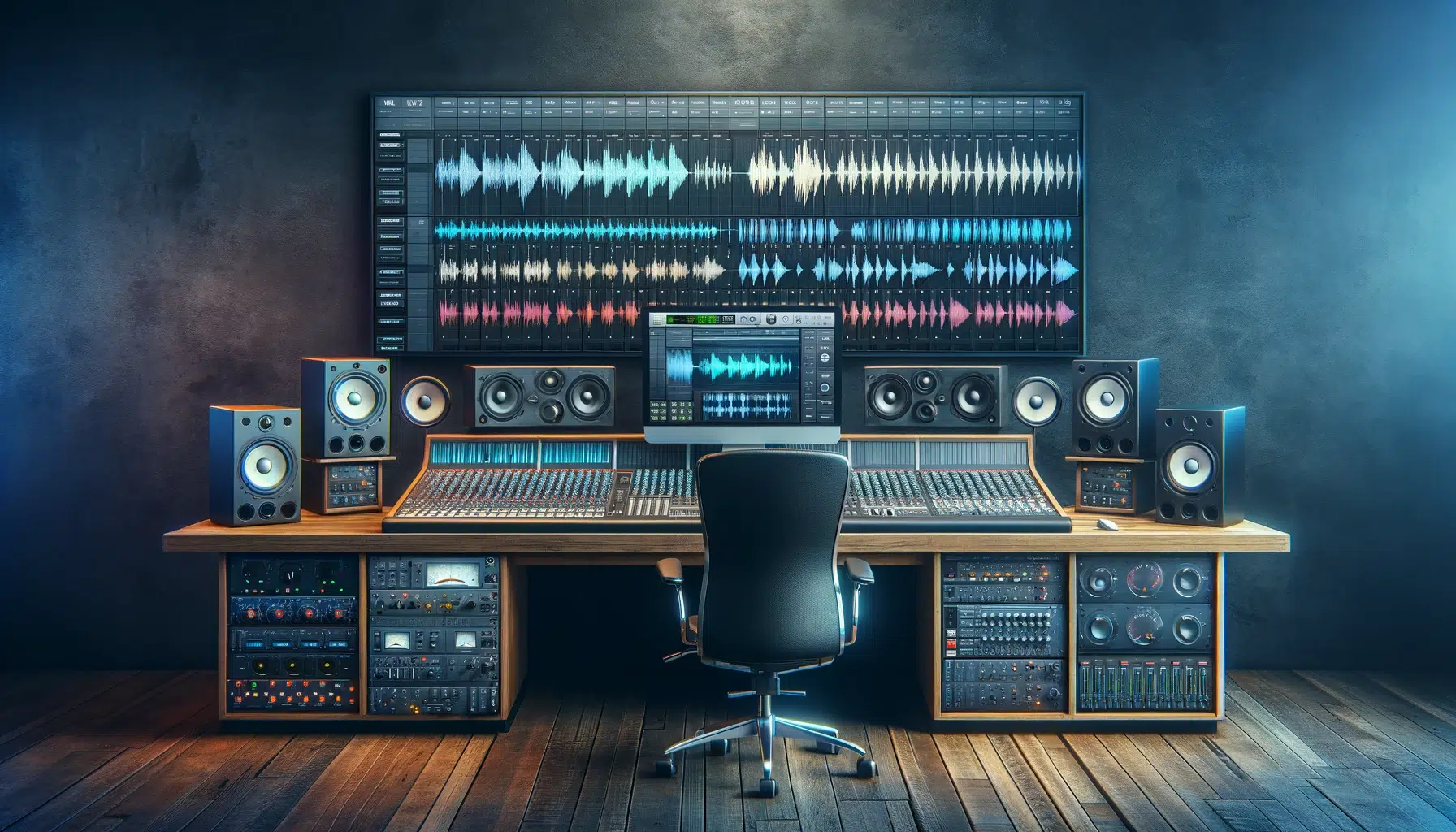
If you ever run across the term ‘RMS power’ in audio production, it simply refers to the average power an audio signal exudes over time.
Unlike peak power, which represents the highest power level at any given moment, RMS power provides a more realistic and consistent measure of the audio signal’s energy.
This concept is crucial when dealing with various aspects of audio production, from the mixing process to the final mastering.
RMS power is often used to compare the loudness levels of different audio tracks ensuring consistency and coherence in a full album or playlist.
Mastering for Perceived Loudness
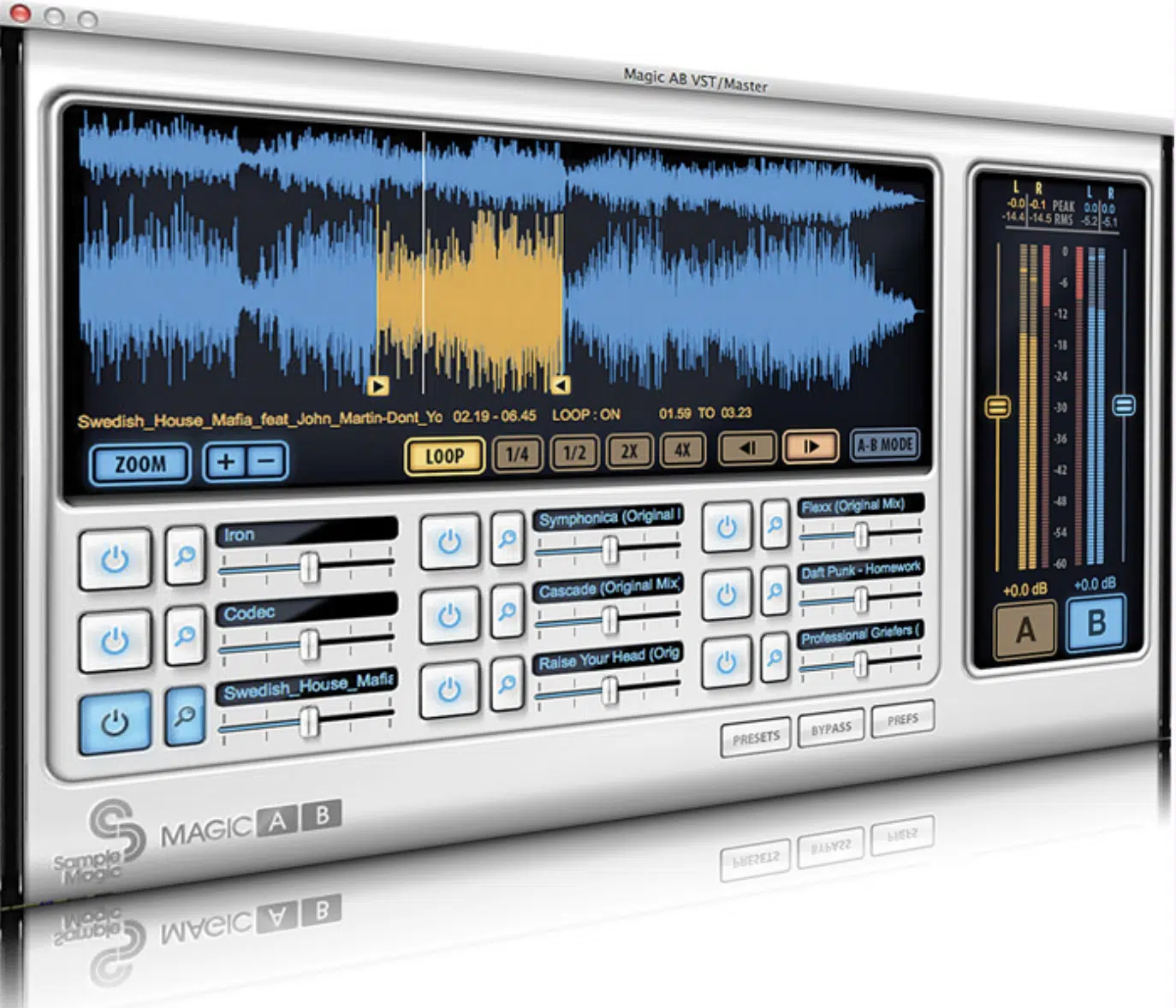
In mastering, one of the primary goals is to optimize your track’s perceived loudness to make sure it resonates well with the audience/human ear.
RMS plays a pivotal role in this process, as it provides a more accurate representation of how loud a track feels to the human ear compared to peak levels.
You must find the sweet spot where the RMS level enhances the track’s energy and presence without sacrificing dynamic range.
Mastering for perceived loudness using RMS involves careful adjustment of the audio signal to achieve a consistent and pleasing level across all platforms.
During the mastering process, a mastering engineer (or you) must closely monitor the RMS watts provides valuable insights into the track’s overall energy and power.
This is crucial in today’s digital age, where music is consumed on a variety of devices and streaming services.
By focusing on RMS values, you can ensure the track maintains its intended impact, regardless of where it’s played.
NOTE: To effectively increase RMS without compromising audio quality, apply careful compression and limiting techniques.
Advanced Techniques in RMS Metering For Music Producers
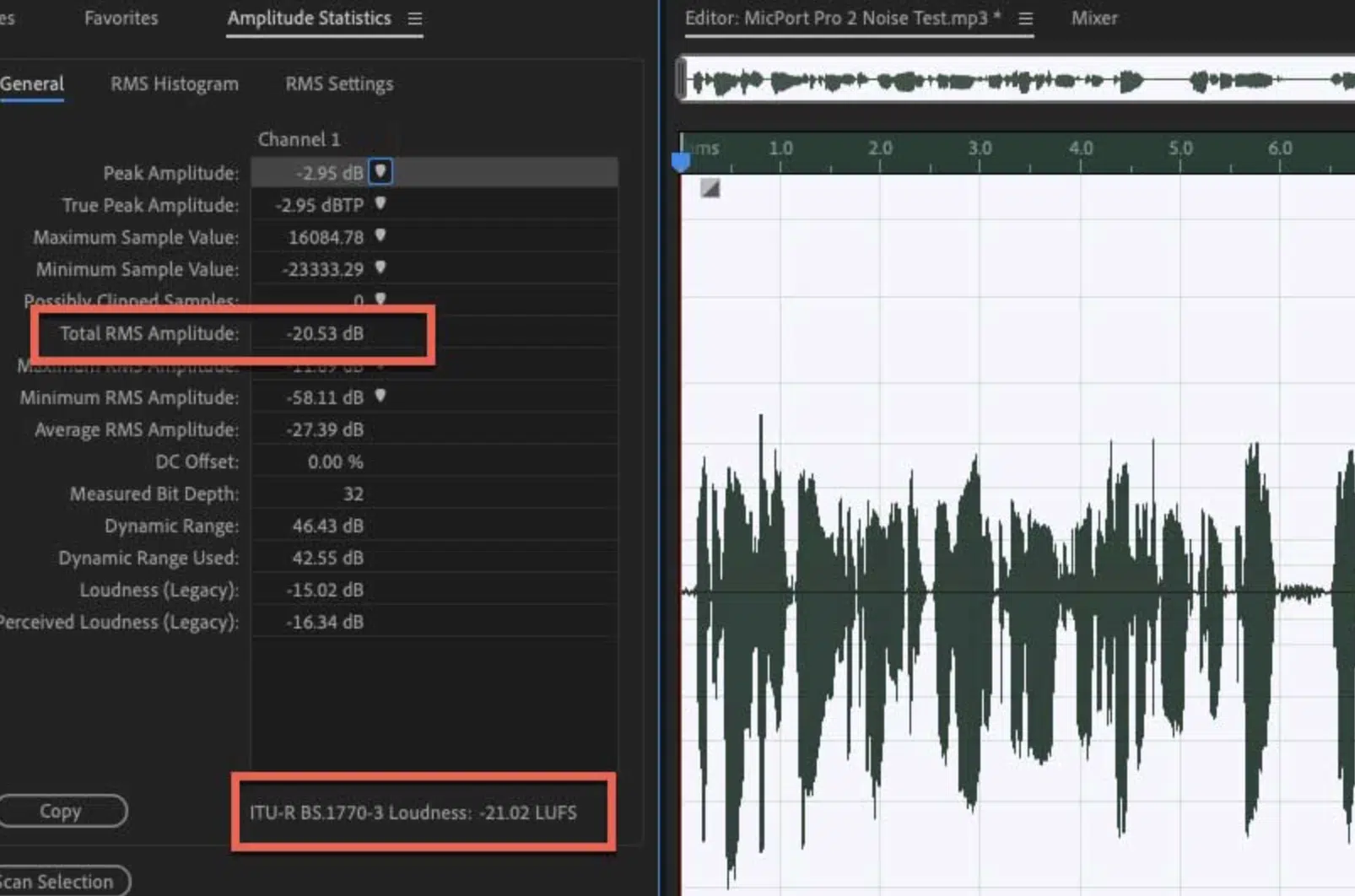
As a music producer, mastering advanced RMS metering techniques can elevate your mixing and mastering skills.
A key technique is utilizing RMS metering for dynamic range control.
For example, when working on a track with varying intensities, like electronic dance music, you can use RMS metering to identify sections where the energy dips.
By applying subtle compression based on RMS readings, you ensure a consistent energy level throughout the track 一 maintaining listener engagement.
Another sophisticated approach is using RMS metering in conjunction with spectral analysis.
This technique is invaluable when balancing the RMS level with the frequency content of your track.
For instance, if your EDM track has a bass-heavy mix, RMS metering can reveal if the low frequencies are overpowering the mix 一 causing a false sense of overall loudness.
By adjusting EQ settings based on RMS (Root Mean Square) readings across different frequencies (low/mid/high frequencies), you can achieve a more balanced and uniformly powerful track.
What is RMS in Audio? Final Thoughts
Understanding what is RMS in audio is vital for creating dynamically sound and harmonically brilliant tracks.
RMS provides an invaluable perspective on the average loudness and energy of an audio signal 一 offering a more consistent and realistic representation of how listeners perceive loudness.
Mastering the nuances of RMS is essential for achieving a balanced mix and mastering process.
It will help ensure that your tracks stand out with both clarity and power on any platform.
To further enhance your understanding and application of RMS in music production, I highly recommend exploring these legendary free Beatmaker templates.
These invaluable templates, mixed and mastered to perfection by top producers and sound designers, serve as an excellent resource for understanding the full power of pristine sounds.
By analyzing these templates with a quality metering plugin, you’ll gain deep insights into how LUFS, RMS, and dynamic range function in real-world, professionally crafted tracks.
It’s like having a seasoned audio engineer sharing all their secrets with you.
These templates demonstrate the practical application of RMS in music production and offer a masterclass in achieving the perfect balance between loudness and dynamic range.
So, take this opportunity to learn from the best and apply these insights to your own music to ensure your tracks resonate with listeners around the world.
Remember, get creative and never stop learning and evolving.
Until next time…







Leave a Reply
You must belogged in to post a comment.